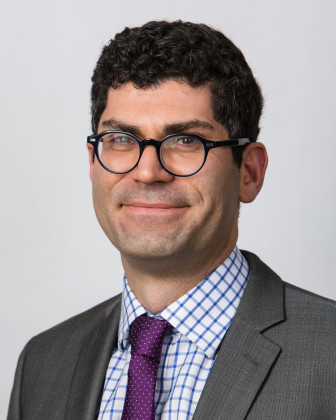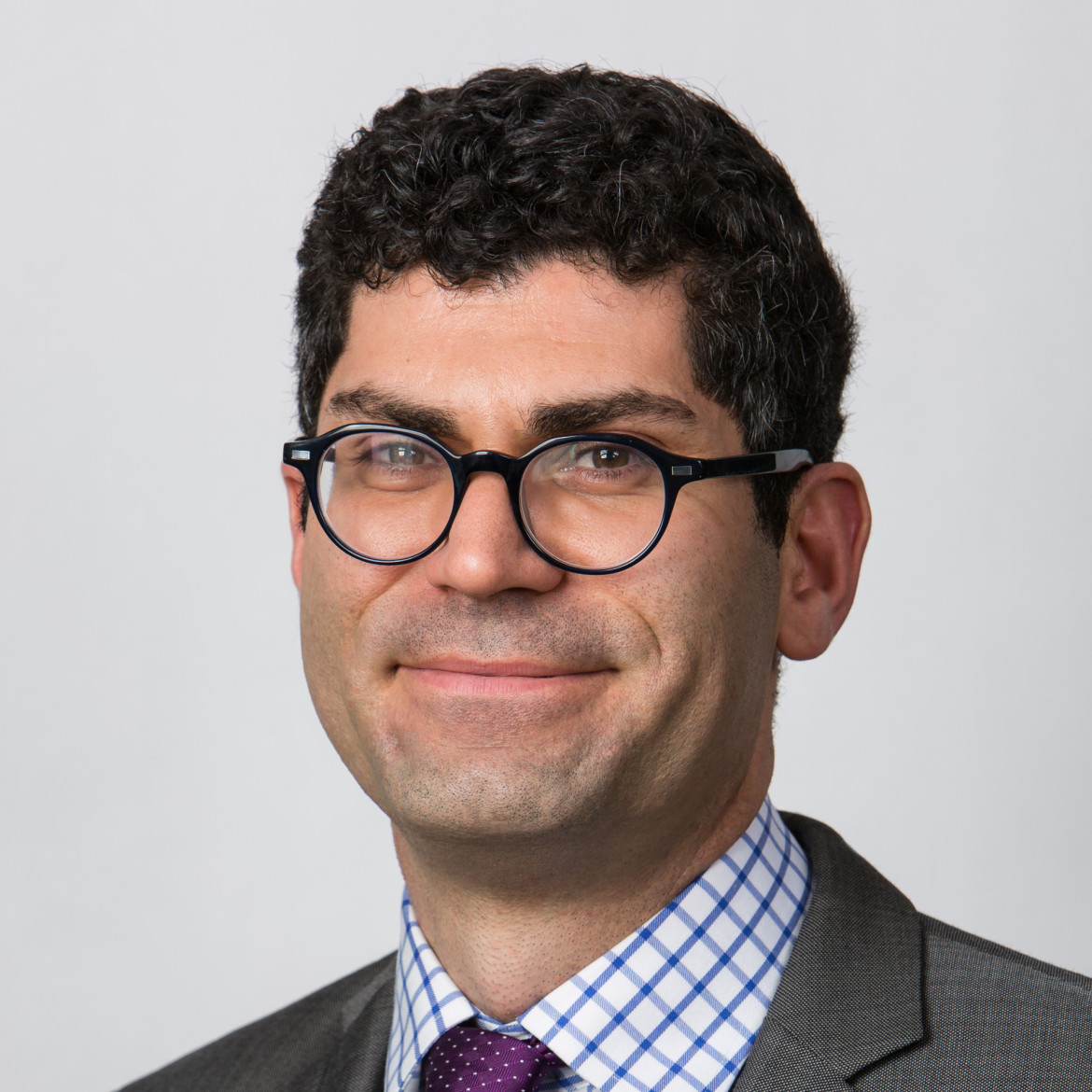
David Shapiro
We’re used to school shootings sparking Second Amendment debates, but recently a number of school administrators concerned about weapons have cracked down on another constitutional provision — the First Amendment — with troubling results.
There have been numerous examples, starting famously in Texas, where Ahmed Mohamed was so traumatized by being handcuffed for building a clock (which looked nothing like a bomb) that it helped persuade his family to leave the country. In my home state, a Dixon, Illinois, high school student was sent home from school last month for wearing a hunting sweater featuring a picture of a rifle.
Now, two Litchfield, Connecticut, high school students who dressed up as the Columbine shooters for Halloween have been charged with inciting injury to persons or property, a felony. The police searched the boys’ homes, and the school authorities are trying to expel them. In so doing, they may be violating the First Amendment right to free speech and needlessly exposing their community to liability in court.
Accounts are unclear, presumably because of the secrecy surrounding police reports about children, but this much seems clear: On Halloween, two high school sophomores went to a post-trick-or-treat party on a town green dressed in black trench coats and sunglasses, and local authorities overreacted.
Here, things get hazy. After the students’ cell phones and homes were searched, everyone seems to agree that no credible threat of violence existed and that the students did not have weapons. An attorney for one of them has said the students made a sarcastic comment.
It’s difficult to draw certain conclusions without more complete facts, but police and school administrators should tread very lightly to avoid violating the First Amendment and facing substantial liability in court. Speech can be prohibited if it constitutes a true threat. Courts are divided on the definition of a true threat, but there is agreement that words and gestures are not a “true threat” unless the average person would feel threatened by them.
[Related: What Science, Common Sense Tell Us About Kids and the Law]
When a mugger says, “Give me all your money or I’ll kill you,” that’s a threat. However, government officials, whether police or public school employees, cannot legally punish people for speech that is not a true threat, regardless of how offensive, outrageous, hurtful, traumatizing or tasteless it happens to be.
It is difficult to imagine that in-character speech at a Halloween party would rise to the level of a true threat. If a stranger popped out of a bush on a dark night and said “I want to suck your blood,” I’d run. If a friend said the same thing while dressed as Dracula at a Halloween party, I would not be alarmed. Make-believe is the whole point of Halloween parties; in that context, the average person perceives in-character statements as fantasy or jest, not as a threat.
I suspect the real reason police, school administrators and parents reacted so strongly to the Columbine costumes is because they felt offended, perhaps even traumatized. Litchfield High School is less than 30 miles from Sandy Hook.
As one resident put it, “You can’t joke about something so lethal. The loss of children and the devastation for the parents — it just destroys the community and whole state.”
The community is outraged, rightly, by the tasteless costumes. That does not mean the problem should be fixed by the coercive power of government to expel children from school and saddle them with criminal charges. By foreclosing governmental punishment of speech, the First Amendment elevates the appropriate responses — community dialogue and even condemnation — to greater importance.
David M. Shapiro is a clinical assistant professor of law and attorney for the Roderick and Solange MacArthur Justice Center at Northwestern University School of Law, Chicago.
More related articles:
OP-ED: Cops and Community, How to Repair a Broken Relationship
Collaboration Seeks to Divert Kids from Juvenile Justice System
Facing Bittersweet Moments and Hard Truths as NYC Juvenile Public Defender
